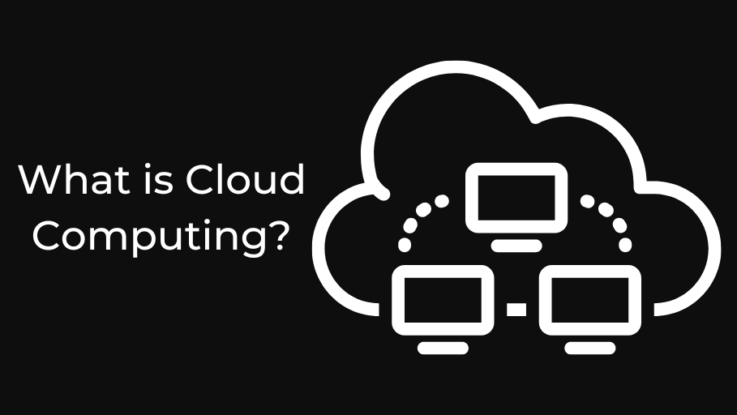
In Simple Terms
What is cloud computing? In simple terms, cloud computing is the delivery of computing resources—including servers, storage, databases, networking, software, analytics, and intelligence—over the Internet (“the cloud”) to offer faster innovation, flexible resources, and economies of scale. You access the cloud through the internet and use it as a central location for storing and processing data instead of having data stored in your device or local server.
How can cloud computing help a small business
Cloud computing can offer numerous benefits to small businesses, including:
- Cost savings: Small businesses can avoid upfront costs for hardware, software, and IT infrastructure, and instead opt for a pay-as-you-go model.
- Scalability: Cloud computing enables small businesses to easily scale up or down their computing resources as needed, without having to invest in more hardware.
- Remote work: Cloud computing allows employees to access business data and applications from anywhere with an internet connection, making remote work easier and more efficient.
- Data storage and backup: Small businesses can store large amounts of data in the cloud, reducing the risk of data loss, and also have access to automatic data backup and recovery options.
- Collaboration: Cloud computing enables small businesses to easily collaborate with employees, partners, and customers through shared documents, spreadsheets, and project management tools.
- Improved security: Cloud service providers invest in robust security measures to protect customer data, providing small businesses with higher levels of security compared to in-house IT systems.
- Access to enterprise-level tools: Small businesses can benefit from using the same tools and services as large enterprises, without having to make large investments in technology.
Get started with amazon web services
To get started with Amazon Web Services (AWS), follow these steps:
- Sign up: Create an AWS account by visiting the AWS website and following the sign-up process.
- Choose a pricing plan: AWS offers multiple pricing plans, including a free tier, so choose the one that best fits your needs and budget.
- Explore the services: Browse the AWS services to determine which ones you need to launch and run your application or website.
- Set up an AWS environment: Choose and set up the resources (such as virtual machines, storage, databases, and network infrastructure) required to run your application.
- Deploy your application: Upload your application code and data to the AWS environment and configure it to run in the cloud.
- Monitor and manage your environment: Regularly monitor your AWS environment and resources to ensure optimal performance and cost efficiency.
- Learn and grow: AWS offers extensive online resources and support to help you get started and continue learning as you grow and expand your use of the platform.
It's recommended to familiarize yourself with AWS concepts and best practices before diving into the platform. You can take AWS training courses, watch tutorials, and read AWS documentation for more information.
Need help?
As an AWS certified practitioner I can help. Drop me a line and let's get started.




Leave a Reply